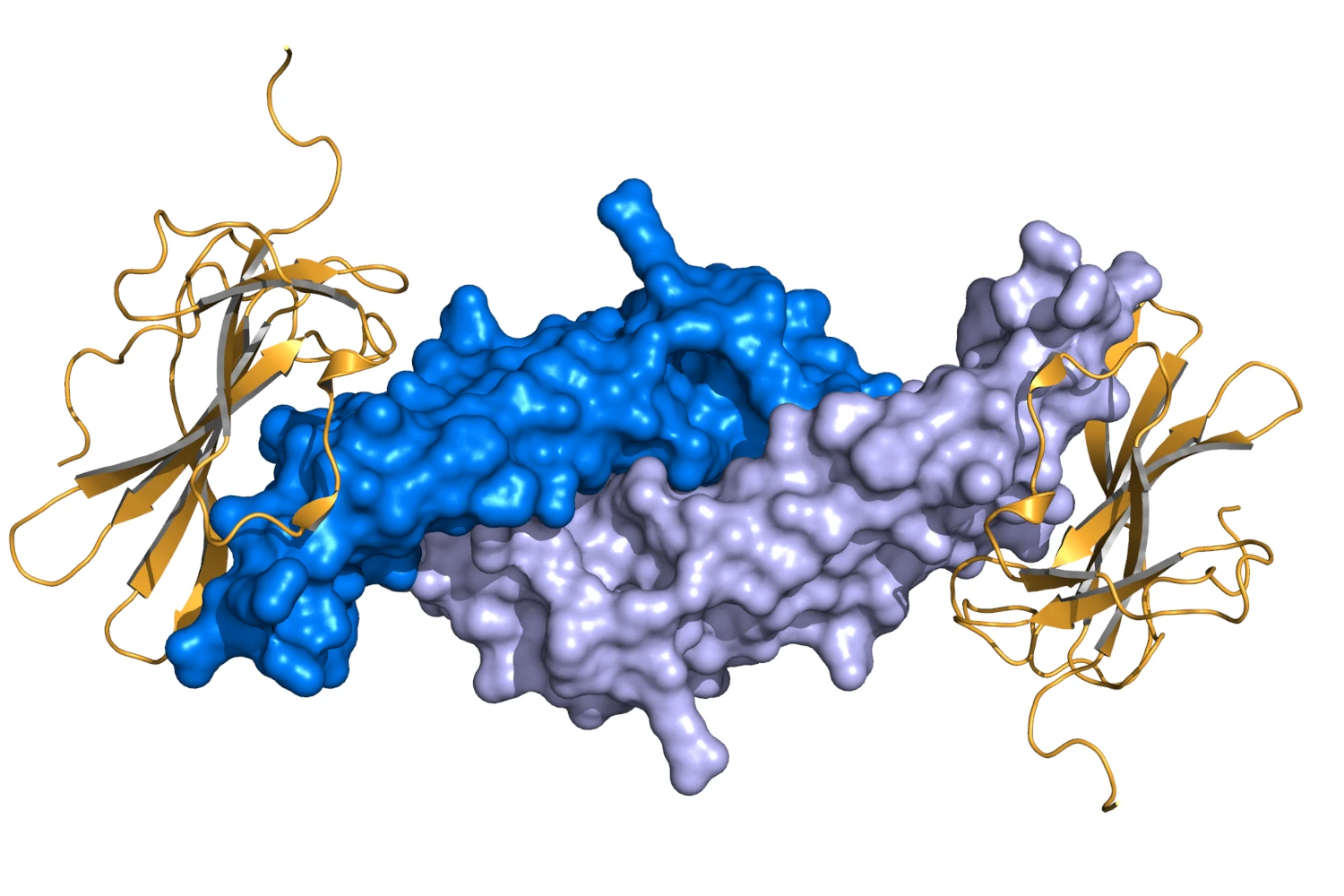Anti-Müllerian hormone (AMH) is widely recognized as a key marker of ovarian reserve, used to assess a woman’s fertility, especially before undergoing in vitro fertilization (IVF). However, AMH is also gaining attention in oncology due to its potential role in diagnosing and treating various cancers.
A recent review article, published in Frontiers in Endocrinology by an international team of researchers, focusses into the biology of AMH and its multifaceted roles in both endocrinology and oncology. The senior author, Prof. Carsten Carlberg, who leads the Nutrigenomics Team at the Institute of Animal Reproduction and Food Research of the Polish Academy of Sciences in Olsztyn, contributed to this comprehensive analysis. However, major contributions came from the first author, Dr. Marek Gowkielewicz, a gynecologist from the School of Medicine of the University of Warmia and Mazury in Olsztyn.
The review organizes current knowledge about AMH, examining its roles across different life stages: from fetal development, childhood, and adolescence, to its involvement in the hypothalamus, pituitary gland, ovarian function, and menopause. The researchers also explore AMH’s relevance in reproductive technologies, such as ovarian tissue cryopreservation, and its implications for the cell cycle and cancer biology.
According to Prof. Carlberg, “AMH has complex effects on the development and function of various human tissues.”
Currently, AMH is most commonly used to measure ovarian reserve, which indicates a woman’s reproductive potential by assessing the ovaries’ ability to provide viable eggs. This is particularly relevant in fertility treatments like IVF, where AMH levels are checked to optimize the chances of success.
However, AMH’s ability to inhibit the cell cycle and induce apoptosis (programmed cell death) has sparked growing interest in its oncological applications.
“One promising area of research focuses on antibodies targeting the AMH receptor, AMHR2, which plays a key role in signaling and modulating the expression of hundreds of genes,” explains Prof. Carlberg. “In animal models, antibodies conjugated with radioactive isotopes that target AMHR2 have shown potential in destroying cancer cells.”
AMH may also have a protective effect on the ovarian reserve during chemotherapy, which is known to be toxic to ovarian tissue. “By stabilizing the pool of primary ovarian follicles, AMH could help enhance the resistance of ovarian tissue to cryopreservation, a procedure used to preserve fertility,” notes Prof. Carlberg.
In addition to its reproductive functions, AMH is present in motor neurons, where it acts as a protective growth factor, potentially influencing learning and memory processes. This has led to speculation that AMH might support treatments for neurodegenerative conditions such as Alzheimer’s disease.
AMH has also been linked to ovarian and endometrial cancers, though much remains to be discovered. “Despite significant progress, further research is needed to fully understand the potential of AMH,” concludes Prof. Carlberg. “While today’s knowledge primarily benefits fertility specialists, AMH holds promise for future applications in oncology.”






